Whether it is a new house or a second-hand house, people will be more or less to demolish the house in order to achieve their own satisfactory results, but the demolition reform also need to follow the principle, otherwise it will damage the beauty, and it will endanger the safety of the entire building!  1 Principles to be Followed in the Process of Housing Demolition
1 Principles to be Followed in the Process of Housing Demolition  1. For buildings with "brick-and-blend" structures, all prefabricated walls cannot be dismantled or opened.
1. For buildings with "brick-and-blend" structures, all prefabricated walls cannot be dismantled or opened. 
The brick walls with a thickness of over 24 cm, especially in the room, are generally load-bearing walls and cannot be easily dismantled and remodeled. The load-bearing wall bears the weight of the building and maintains the balance of the entire building structure. If the load-bearing wall is dismantled, the balance of this force will be destroyed, and the consequences will be heavy, and no one will be able to afford the threat of life.
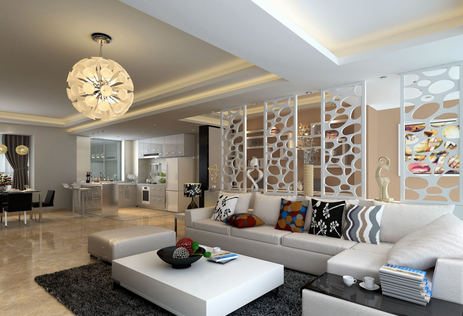
In home improvement, besides the load-bearing wall, it cannot be demolished, and the light body wall is not necessarily demountable. Some light walls also carry part of the weight of the house. For example, the lightweight wall below the crossbeam cannot be removed - it also carries part of the weight of the house. Demolition will also destroy the housing structure.
What walls can be demolished? The light walls and hollow panels that are completely partition walls can be demolished. Because the partition does not bear any pressure at all, the value of existence is to separate the space; it will not cause any impact on the structure of the house.
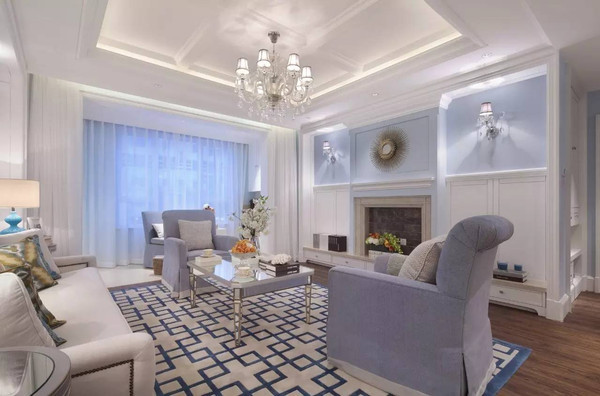
If you have to dismantle bearing walls, it is not absolutely impossible. The Ministry of Construction has stipulated that if it is necessary to change to a load-bearing wall, for example, the original design unit or a design unit with the same qualification as the original design unit may revise and reinforce the design scheme before the demolition of the load-bearing wall. In other words, it is necessary to remove it, but it needs to be reinforced. However, it must be ensured that reinforcement is a correct and effective reinforcement.
 Second, the door frame is embedded in the concrete and should not be removed.
Second, the door frame is embedded in the concrete and should not be removed. 
If it is demolished or remodeled, it will destroy the building structure, reduce the safety factor, and it will be more difficult to re-install the door.
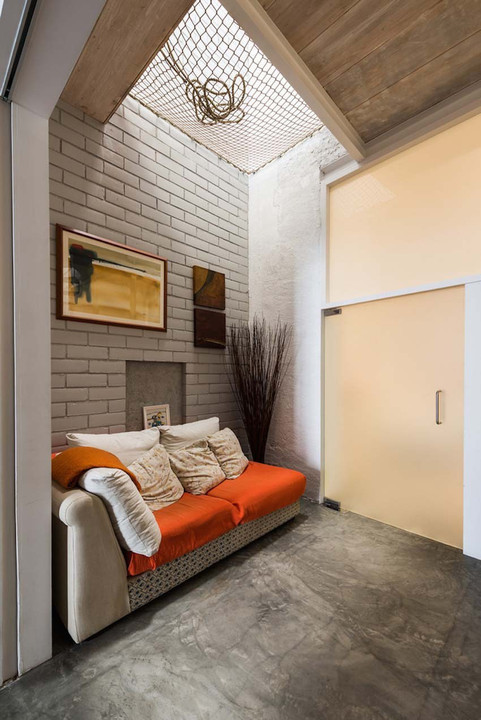
 Third, the low wall of the balcony can not be removed or changed.
Third, the low wall of the balcony can not be removed or changed. 
There is a window on the wall between the general room and the balcony. The doors and windows can be dismantled, but the wall below the window cannot be removed, because this wall is a “counterweight wall†and it acts like a scale to lift the balcony. The effect is that if the wall is dismantled, the bearing capacity of the balcony will drop, causing the balcony to fall.

 Fourth, the columns in the room cannot be changed.
Fourth, the columns in the room cannot be changed. 
Beams and columns are used to support the upper floors. Demolition or renovation will cause the upper floors to fall down. It is very dangerous, so the columns and columns must not be demolished or modified.

 Fifth, the steel bars in the wall cannot move.
Fifth, the steel bars in the wall cannot move. 
When the pipeline is laid, if the steel bar is damaged, the bearing capacity of the wall and the floor will be affected, leaving potential safety hazards.
Two kinds of homes that can cause harm
 1. Remove the wall between the room and the balcony
1. Remove the wall between the room and the balcony  Demolition of the wall between the balcony and the room refers to the removal of the wall between the window (the wall between the door and the window), the wall under the window, the door, and the side wall. These walls are mainly responsible for vertical loads and horizontal earthquakes in the structure. The role of force. After these walls were dismantled, a large door opening was formed between the balcony and the room, which changed the original working state and mechanical performance of the structure. Its harmfulness was:
Demolition of the wall between the balcony and the room refers to the removal of the wall between the window (the wall between the door and the window), the wall under the window, the door, and the side wall. These walls are mainly responsible for vertical loads and horizontal earthquakes in the structure. The role of force. After these walls were dismantled, a large door opening was formed between the balcony and the room, which changed the original working state and mechanical performance of the structure. Its harmfulness was:
(1) The ring beam at this location becomes a large-span lintel or load-bearing beam, which increases the load burden on the ring beam and forms a super-loaded component, especially under vertical seismic forces.
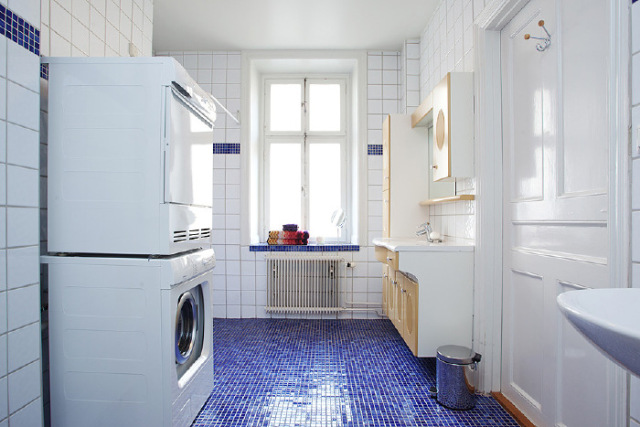
(2) When the balcony is a pick-and-place structure, it will have a greater impact on the structural safety, because the front wall of the pick-and-place balcony bears a special role. First, the wall bears the live load, the static load and the upper structure from the balcony. The load, while also bearing the vertical pressure resisting the overturning of the balcony plate, is also an anti-overturning counterweight wall. When the wall is removed, the upper balcony structure loses the wall support and is in a dangerous state. For the lower balcony structure, Speaking of losing the overturning load and being in overturning dangerous state;
(3) destroyed the integrity of the housing structure. First, the rigidity of the lateral wall of the layer is weakened, and the seismic performance of the wall is reduced. In the design, this force is shared by all sections of the wall. When the partial wall is dismantled, the shear force acting on the wall during the earthquake is added to the adjacent wall, causing the adjacent wall to be overburdened or at the entrance of the hole. The stress concentration in the vicinity causes the wall to crack prematurely and damage it.
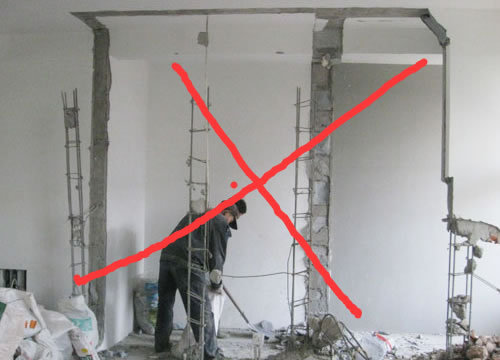
 2. Remove the bearing wall, open the door on the load-bearing wall, open the window, thin the load-bearing wall
2. Remove the bearing wall, open the door on the load-bearing wall, open the window, thin the load-bearing wall    
  
The load-bearing wall generally refers to the wall on which the floor, joists, girders, trusses, or roof panels rest. It not only bears the live and static loads transmitted from floors, girders, trusses, etc., but also bears the above layers. The weight of the body, and the weight transferred to the lower wall until the foundation of the foundation.
Removing the load-bearing wall, opening the door, opening the window, and thinning the load-bearing wall on the load-bearing wall not only directly damages and weakens the bearing capacity of the load-bearing wall, but also destroys the integrity and shock resistance of the house.
The demolition of the wall generates harmful vibrations that also cause cracks in the adjacent walls to loosen. The strength and bearing capacity of the wall are reduced, and the wall and floor of the building are cracked, causing structural damage.

 3. Increase the static load arbitrarily on the floor or balcony
3. Increase the static load arbitrarily on the floor or balcony 
Some tenants laid granite or marble slabs on the floor of the house during the renovation of the house, laid up an amphibious surfing bathtub on the bathroom floor, installed and installed floor heating equipment on the indoor floor, and laid a balcony on the wall to significantly increase the static load and make the floor Being in an overloaded state of use seriously jeopardizes the safety of the use of the house.
Bathroom floor, from the use of the functional needs of the general design of reinforced concrete slabs, the floor living load standard is 2.0KN/m2;, casually in the bathroom amphibious surfing bathtub, etc., at least to the floor to increase a few hundred Kilograms of load increase the load by thousands of kilograms.
In the above two cases, the results of the increased load often cause the floor to scratch, crack, leak, and affect the safe use of the structure.
 1 Principles to be Followed in the Process of Housing Demolition
1 Principles to be Followed in the Process of Housing Demolition  1. For buildings with "brick-and-blend" structures, all prefabricated walls cannot be dismantled or opened.
1. For buildings with "brick-and-blend" structures, all prefabricated walls cannot be dismantled or opened. 
The brick walls with a thickness of over 24 cm, especially in the room, are generally load-bearing walls and cannot be easily dismantled and remodeled. The load-bearing wall bears the weight of the building and maintains the balance of the entire building structure. If the load-bearing wall is dismantled, the balance of this force will be destroyed, and the consequences will be heavy, and no one will be able to afford the threat of life.

In home improvement, besides the load-bearing wall, it cannot be demolished, and the light body wall is not necessarily demountable. Some light walls also carry part of the weight of the house. For example, the lightweight wall below the crossbeam cannot be removed - it also carries part of the weight of the house. Demolition will also destroy the housing structure.
What walls can be demolished? The light walls and hollow panels that are completely partition walls can be demolished. Because the partition does not bear any pressure at all, the value of existence is to separate the space; it will not cause any impact on the structure of the house.

If you have to dismantle bearing walls, it is not absolutely impossible. The Ministry of Construction has stipulated that if it is necessary to change to a load-bearing wall, for example, the original design unit or a design unit with the same qualification as the original design unit may revise and reinforce the design scheme before the demolition of the load-bearing wall. In other words, it is necessary to remove it, but it needs to be reinforced. However, it must be ensured that reinforcement is a correct and effective reinforcement.
 Second, the door frame is embedded in the concrete and should not be removed.
Second, the door frame is embedded in the concrete and should not be removed. 
If it is demolished or remodeled, it will destroy the building structure, reduce the safety factor, and it will be more difficult to re-install the door.

 Third, the low wall of the balcony can not be removed or changed.
Third, the low wall of the balcony can not be removed or changed. 
There is a window on the wall between the general room and the balcony. The doors and windows can be dismantled, but the wall below the window cannot be removed, because this wall is a “counterweight wall†and it acts like a scale to lift the balcony. The effect is that if the wall is dismantled, the bearing capacity of the balcony will drop, causing the balcony to fall.

 Fourth, the columns in the room cannot be changed.
Fourth, the columns in the room cannot be changed. 
Beams and columns are used to support the upper floors. Demolition or renovation will cause the upper floors to fall down. It is very dangerous, so the columns and columns must not be demolished or modified.

 Fifth, the steel bars in the wall cannot move.
Fifth, the steel bars in the wall cannot move. 
When the pipeline is laid, if the steel bar is damaged, the bearing capacity of the wall and the floor will be affected, leaving potential safety hazards.
Two kinds of homes that can cause harm

 1. Remove the wall between the room and the balcony
1. Remove the wall between the room and the balcony  Demolition of the wall between the balcony and the room refers to the removal of the wall between the window (the wall between the door and the window), the wall under the window, the door, and the side wall. These walls are mainly responsible for vertical loads and horizontal earthquakes in the structure. The role of force. After these walls were dismantled, a large door opening was formed between the balcony and the room, which changed the original working state and mechanical performance of the structure. Its harmfulness was:
Demolition of the wall between the balcony and the room refers to the removal of the wall between the window (the wall between the door and the window), the wall under the window, the door, and the side wall. These walls are mainly responsible for vertical loads and horizontal earthquakes in the structure. The role of force. After these walls were dismantled, a large door opening was formed between the balcony and the room, which changed the original working state and mechanical performance of the structure. Its harmfulness was: (1) The ring beam at this location becomes a large-span lintel or load-bearing beam, which increases the load burden on the ring beam and forms a super-loaded component, especially under vertical seismic forces.

(2) When the balcony is a pick-and-place structure, it will have a greater impact on the structural safety, because the front wall of the pick-and-place balcony bears a special role. First, the wall bears the live load, the static load and the upper structure from the balcony. The load, while also bearing the vertical pressure resisting the overturning of the balcony plate, is also an anti-overturning counterweight wall. When the wall is removed, the upper balcony structure loses the wall support and is in a dangerous state. For the lower balcony structure, Speaking of losing the overturning load and being in overturning dangerous state;
(3) destroyed the integrity of the housing structure. First, the rigidity of the lateral wall of the layer is weakened, and the seismic performance of the wall is reduced. In the design, this force is shared by all sections of the wall. When the partial wall is dismantled, the shear force acting on the wall during the earthquake is added to the adjacent wall, causing the adjacent wall to be overburdened or at the entrance of the hole. The stress concentration in the vicinity causes the wall to crack prematurely and damage it.

 2. Remove the bearing wall, open the door on the load-bearing wall, open the window, thin the load-bearing wall
2. Remove the bearing wall, open the door on the load-bearing wall, open the window, thin the load-bearing wall    
  The load-bearing wall generally refers to the wall on which the floor, joists, girders, trusses, or roof panels rest. It not only bears the live and static loads transmitted from floors, girders, trusses, etc., but also bears the above layers. The weight of the body, and the weight transferred to the lower wall until the foundation of the foundation.
Removing the load-bearing wall, opening the door, opening the window, and thinning the load-bearing wall on the load-bearing wall not only directly damages and weakens the bearing capacity of the load-bearing wall, but also destroys the integrity and shock resistance of the house.
The demolition of the wall generates harmful vibrations that also cause cracks in the adjacent walls to loosen. The strength and bearing capacity of the wall are reduced, and the wall and floor of the building are cracked, causing structural damage.

 3. Increase the static load arbitrarily on the floor or balcony
3. Increase the static load arbitrarily on the floor or balcony 
Some tenants laid granite or marble slabs on the floor of the house during the renovation of the house, laid up an amphibious surfing bathtub on the bathroom floor, installed and installed floor heating equipment on the indoor floor, and laid a balcony on the wall to significantly increase the static load and make the floor Being in an overloaded state of use seriously jeopardizes the safety of the use of the house.
Bathroom floor, from the use of the functional needs of the general design of reinforced concrete slabs, the floor living load standard is 2.0KN/m2;, casually in the bathroom amphibious surfing bathtub, etc., at least to the floor to increase a few hundred Kilograms of load increase the load by thousands of kilograms.
In the above two cases, the results of the increased load often cause the floor to scratch, crack, leak, and affect the safe use of the structure.
The experience of dismantling reforms
Our Polyamide Net widely used for Cylinder Mould to produce different paper, you can also called Polyamide net as Nylon or PA net, Nylon Cover Cylinder Mould Covering and so on. The cylinder mould diameter have: 1.25m,1.5m.1.75m,2.0m and 2.5m. Polyamide mesh range from 10mesh to 100mesh.
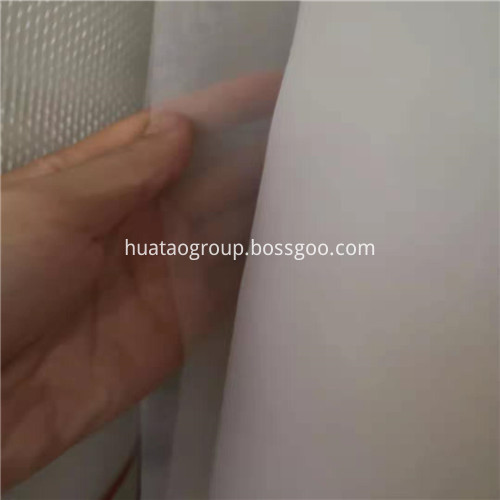
Cylinder Mould Wire, Polyamide Net, Nylon Cover, Cylinder Mould Covering, Wire Mesh Mould Covers, Mesh For Cylinder Mould Covers
HUATAO GROUP LTD , https://www.huataogroup.com
